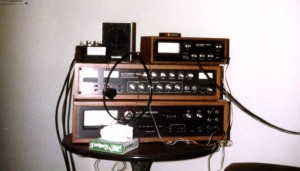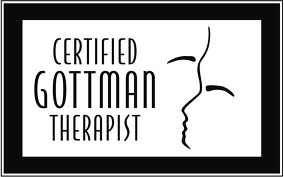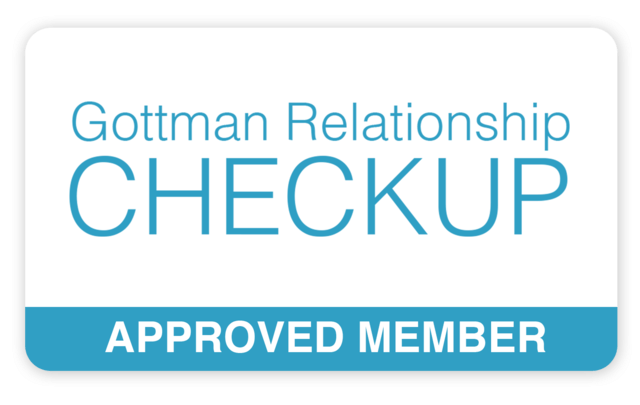 With changes in health care following the Affordable Care Act, providers will soon emphasize health promotion over disease management. Integrating alternative and complementary approaches to well-being will provide patients with ways to manage their health and provide a foundation for preventing new health problems. Complementary and Alternative Medicine (CAM) has been practiced for the last 25+ years in the United States, but many of these approaches have a much longer history: well over 2,000 years, in the case of yoga. In the last decade, studies examining the effects of yoga have increased substantially—important for yoga’s acceptance as a mainstream treatment.
With changes in health care following the Affordable Care Act, providers will soon emphasize health promotion over disease management. Integrating alternative and complementary approaches to well-being will provide patients with ways to manage their health and provide a foundation for preventing new health problems. Complementary and Alternative Medicine (CAM) has been practiced for the last 25+ years in the United States, but many of these approaches have a much longer history: well over 2,000 years, in the case of yoga. In the last decade, studies examining the effects of yoga have increased substantially—important for yoga’s acceptance as a mainstream treatment.
CAM includes health-care practices that have not generally been considered part of conventional medicine. In 1991 Congress passed legislation to provide the National Institute of Health (NIH) with $2 million in order to study unconventional medicine. Some of the most widely studied alternative approaches to health promotion and maintenance include biofeedback, meditation, dietary supplements, chiropractic treatment, massage therapy, relaxation training, movement therapy, art therapy, and acupuncture, together with spirituality, religion, and prayer. Other approaches, such as hypnosis and bodywork (including Reiki, Hanna Somatic Education, and Feldenkrais), have also been used for several decades.
Biofeedback is One of Many Treatments Shown to be Effective in Treating Medical Problems

I incorporated biofeedback training for the patients I saw during the eight years I worked at Kaiser Hospital in Vallejo, CA. Biofeedback informs a patient of important physical measures such as muscle tension, skin temperature, brain wave activity, and heart rate. The photo shows what was state-of-the-art equipment at the time (circa 1988.)
I treated patients referred by their PCPs, neurologists, and orthopedic physicians for chronic medical problems. These patients were considered ‘high utilizers’ of medical services such as doctor office visits, prescription drugs, and special procedures. Using a treatment model that included cognitive-behavioral therapy, biofeedback, relaxation and meditation training, patients suffering with chronic headache were able to reduce doctor’s office visits by 75%, medications by 56%, emergency room visits by 19%, and special procedures by 6% for up to five years after treatment.
We have come a long way since then. Digital developments since those early years have dramatically changed the way biofeedback services are delivered. But the principle is the same: taking responsibility for your own health.
Taking Responsibility for Your Health is Key to Lasting Change
Teaching a client to control muscle tension so they can reduce musculoskeletal pain, or showing a migraine sufferer how to increase hand temperature through relaxation and biofeedback, involves learning to be aware of stress and the body’s automatic reaction to it. Of course there are some that would rather take a pill to relax, but that doesn’t change the psychophysiological baseline. Taking a pill or a drink will give temporary relief, but will not lead to lasting changes in how the body handles stress, thereby preventing headaches or pain altogether—not treating them once they occur. Implementing positive health behaviors require discipline and consistency. When physicians have 20-minute appointments –once or twice a year—there is not sufficient time to instruct and follow-up on a patient’s exercise or yoga practice. For people who are dealing with significant life stress, medical problems or depression, making life style changes can feel insurmountable. One yoga class will not help an achy back, nor will a meditation class help control anxiety if the home practice component is ignored. Psychotherapy aimed at helping integrate and continue healthy changes can help.
Wearable sensors such as Nike+ FuelBand or the Fitbit One monitor everything from heart rate, steps taken, sleep quality, energy used, and skin temperature. As a recent New York Times article reported, there is even an app to detect signs of depression in diabetes patients through smartphones.
Taking responsibility for health by using both ancient practices and newly emerging technologies and treatments will improve lives and ultimately reduce medical costs. But the most profound outcome is engagement with a life lived fully.
References:
“The Integration of Complementary and Alternative Medicine (CAM) Into
the Practice of Psychology: A Vision for the Future,” in Professional Psychology: Research and Practice, 2012, Vol. 43, No. 6, 576–585.
Changes in medical utilization after biofeedback treatment for headache: Long-term follow-up. O’Grady, Susan J. Dissertation Abstracts International, Vol 49(1-B), Jul 1988, 241.
National Institutes of Health (NIH). (2011). NIH—The NIH almanac (NCCAM). http://www.nih.gov/about/almanac/ organization/NCCAM.htm
- Teletherapy–One Year Later - April 26, 2021
- Passion and Sex in Long-Term Relationships - January 1, 2021
- (home video area 2 – mindfulness) - December 1, 2020



Leave a Reply